
Lot 217
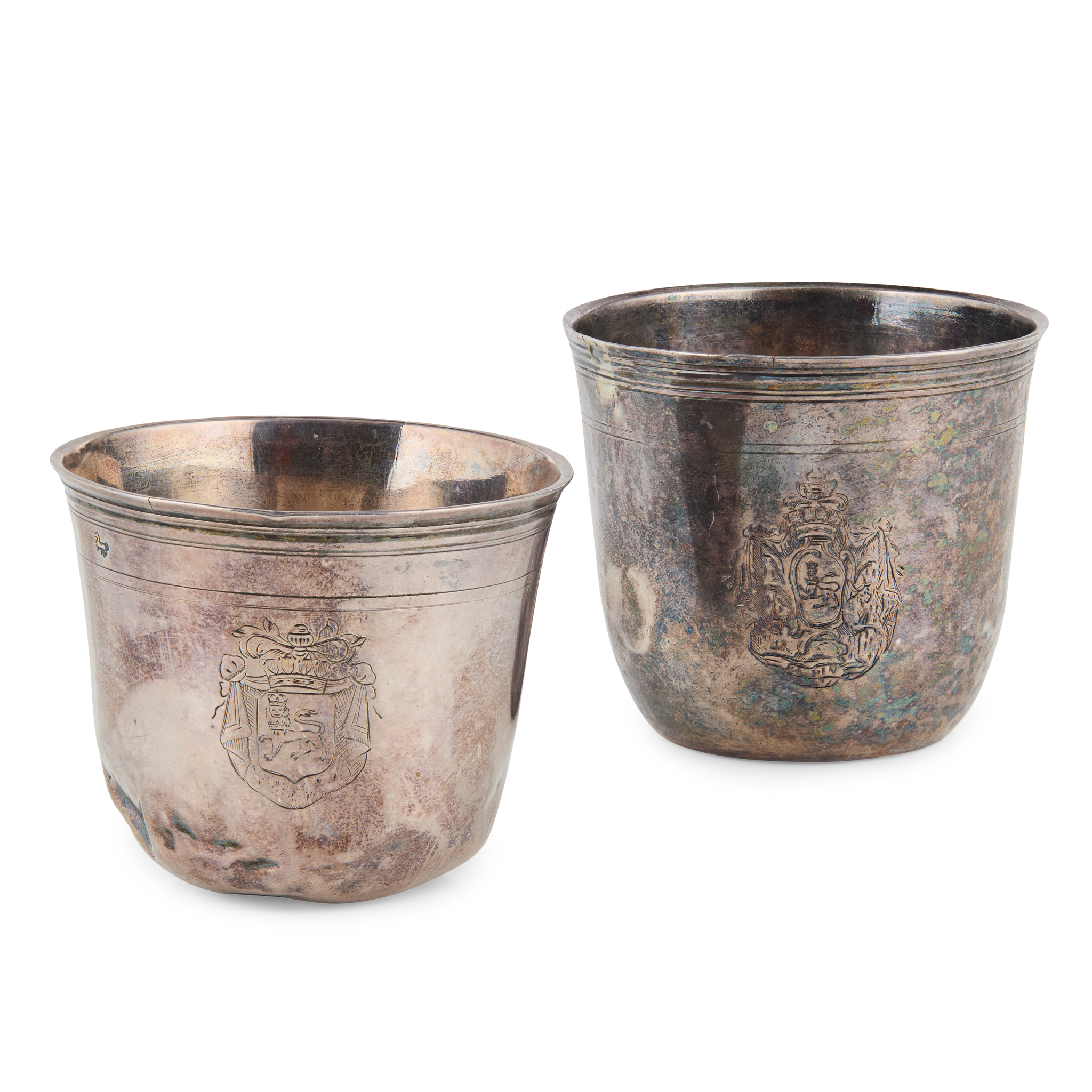
A PAIR OF FRENCH SILVER CAMPAIGN BEAKERS
18TH CENTURY
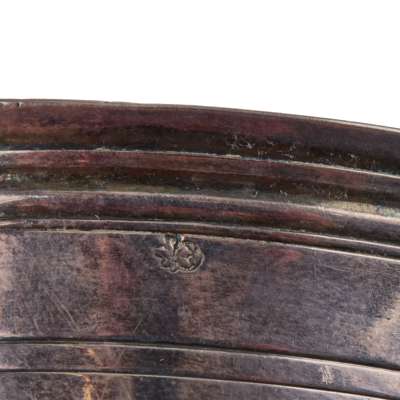
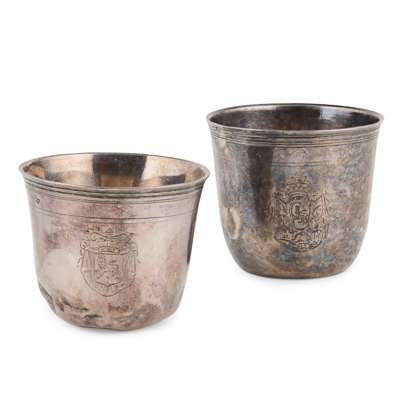
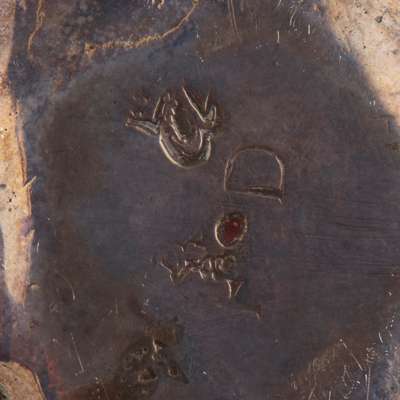
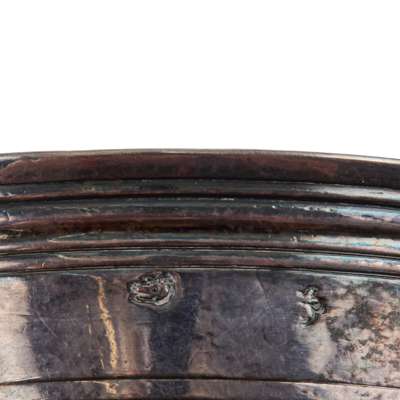


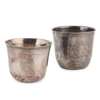
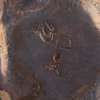
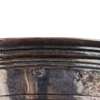
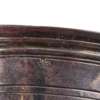
Auction: Day 1: Wednesday 20 August - Lots 1 - 296
Description
the stacking beakers of tapered form with simple reeded rims, engraved to the front with coat of Arms of Ogilvy, Earl of Airlie marked to base (2)
With engraved armorial for Colonel David, Lord Ogilvy, a member of Prince Charles Edward Stuart’s privy council
Dimensions
5.5cm high, 3.8oz (combined)
Provenance
Carried by Colonel David, Lord Ogilvy through the ‘45
By direct descent
Property from the Earls of Airlie
Footnote
Exhibited:
The Swords and the Sorrows, National Trust for Scotland Culloden, 16th April – 20th September 1996, item 7:2
Heraldry:
Arms: Argent a lion passant guardant gules crowned with an imperial crown and collared with an open crown or
Motto: A Fin [To the end]
Each of these beakers has a distinct version of Lord Airlie’s arms. Both rest within a robe of estate and each are ensigned with an earl’s coronet. One is engraved his motto upon a scroll below his arms.
Note:
These cups are likely to have originally been part of a larger travelling canteen, commonly used by officers in the 18th century. Carried by Colonel David, Lord Ogilvy through the campaigns of 1745 and likely present within the company of Prince Charles and many other high ranking Jacobites.
David Ogilvy, the de jure 6th Earl of Airlie (born 16th February 1725 died 3rd March 1803) was the eldest son of John Ogilvy, the 5th Earl of Airlie (died 24th July 1761) and his wife, Margaret Ogilvy of Cluny. The family had already been attainted by Act of Parliament, having joined the Earl of Mar’s Rising during the Jacobite Rebellion of 1715. John assumed the family peerages often stated as the 4th Earl of Airlie, although other sources state him as being the 5th Earl.
David, the de jure 6th Earl was himself attainted for joining with Prince Charles at Edinburgh with his regiment of 600 Ogilvy men in 1745. After the Battle of Culloden, he fled to France to avoid persecution and perhaps worse. Once settled in France, he raised a new regiment ‘Ogilvy’s Regiment’ for the French Army, gaining the rank of Lieutenant General.
In 1778 he obtained a pardon under the Great Seal from the Crown and in 1788 a Parliamentary removal of disabilities, but this did not include the restoration of the family peerages, although as mentioned he is often found in peerage lists as the de jure 6th Earl of Airlie. David married twice, firstly to Margaret Johnstone (died 1757), daughter of Sir James Johnstone of Westerhall in the County of Dumfriesshire, the 3rd Baronet of that place and his wife, The Honourable Barbara Murray and secondly, Ann Stuart (died 27th December 1798) whom he married in 1770. She was the eldest daughter of James Stuart and Mary Crauford.
The cups would be later used by the 11th Earl of Airlie during his military service ultimately being collected from his dead body and returned to the family after the battle of Diamond Hill in 1900 during the Boer War.









